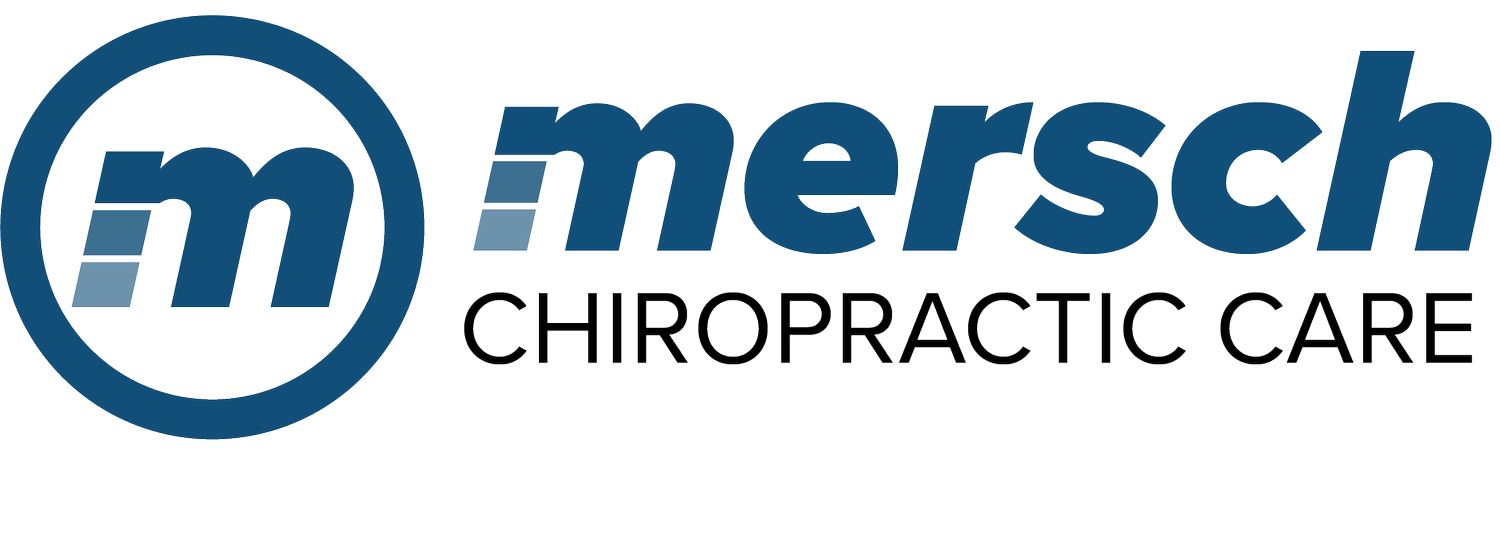The Role of Chiropractic Care in Managing Knee Injuries for Athletes
Knee injuries are a prevalent concern among athletes, impacting performance and sidelining individuals from their favorite sports. From sprains and strains to more severe ligament or meniscus injuries, the knee's complexity makes it vulnerable to various issues. In this blog post, we'll explore the role of chiropractic care in managing and preventing knee injuries, specifically tailored for athletes seeking a comprehensive approach to sports medicine.
Understanding Common Knee Injuries in Athletes:
Anterior Cruciate Ligament (ACL) Tears:
Common in sports involving sudden stops, pivots, or changes in direction, such as soccer or basketball.
ACL tears can significantly affect an athlete's stability and require comprehensive care for optimal recovery.
Meniscus Tears:
Athletes engaging in sports that involve twisting and turning, like football or skiing, are at risk of meniscus tears.
These injuries can cause pain, swelling, and limited range of motion.
Patellofemoral Pain Syndrome (PFPS):
Often referred to as "runner's knee," PFPS is characterized by pain around or behind the kneecap.
Activities with repetitive knee motion, such as running or cycling, can contribute to PFPS.
Iliotibial (IT) Band Syndrome:
Common in runners and cyclists, IT band syndrome involves inflammation and tightness along the outer thigh and knee.
Poor biomechanics and overuse can contribute to this condition.
The Chiropractic Approach to Managing Knee Injuries:
Comprehensive Assessment:
Chiropractors with a sports medicine focus conduct thorough assessments to identify the root cause of knee pain or instability.
This may involve analyzing gait, posture, and joint function.
Chiropractic Adjustments:
Manual adjustments can help restore proper alignment to the knee joint and surrounding structures.
This can alleviate pain, improve mobility, and enhance overall function.
Soft Tissue Techniques:
Chiropractors employ soft tissue therapies, such as massage and myofascial release, to address muscle imbalances and reduce tension around the knee.
Rehabilitative Exercises:
Tailored exercise programs focus on strengthening the muscles supporting the knee, improving stability, and preventing future injuries.
Emphasis on proper form and technique ensures safe and effective rehabilitation.
Customized Treatment Plans:
Chiropractors develop individualized treatment plans based on the specific needs and goals of each athlete.
This may include a combination of chiropractic adjustments, rehabilitation exercises, and lifestyle recommendations.
Prevention and Long-Term Knee Health:
Educational Resources:
Chiropractors provide athletes with valuable information on injury prevention strategies, including proper warm-up routines, stretching, and biomechanics.
Biomechanical Analysis:
Athletes benefit from biomechanical assessments to identify and address any imbalances or irregularities contributing to knee issues.
Collaboration with Other Healthcare Professionals:
Chiropractors often collaborate with orthopedic specialists, physical therapists, and other healthcare professionals to ensure comprehensive care for athletes with complex knee injuries.
Conclusion:
Chiropractic care plays a crucial role in managing knee injuries for athletes by providing a holistic and personalized approach to rehabilitation and prevention. Whether you're recovering from a recent knee injury or looking to optimize your knee health for peak performance, consulting with a chiropractic office specializing in sports medicine, like Mersch Chiropractic Care, can be the key to achieving lasting results. Through a combination of chiropractic adjustments, soft tissue therapies, and rehabilitative exercises, athletes can regain strength, stability, and confidence in their athletic pursuits. Please contact our office if you have questions or would like to schedule an appointment.

